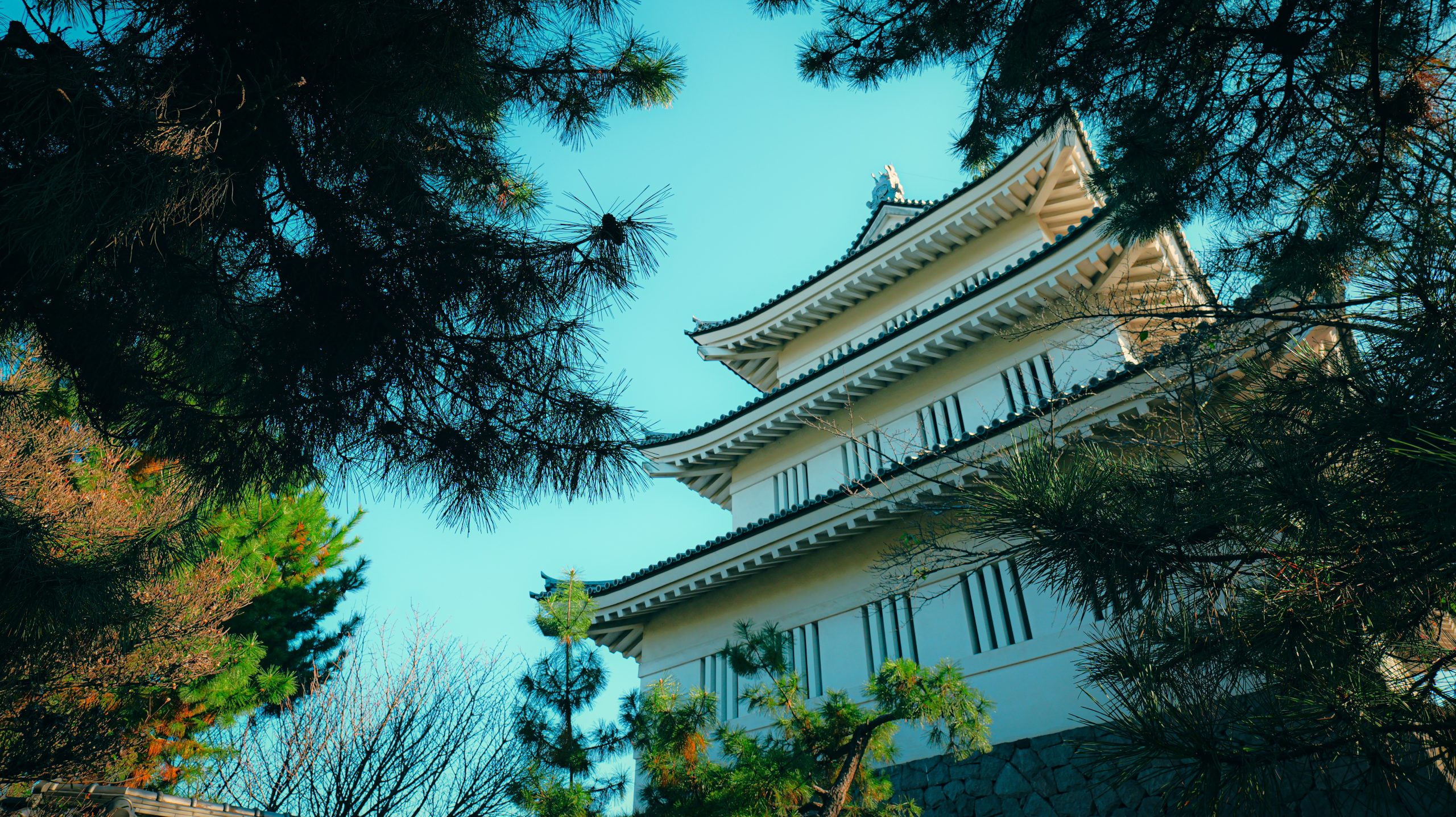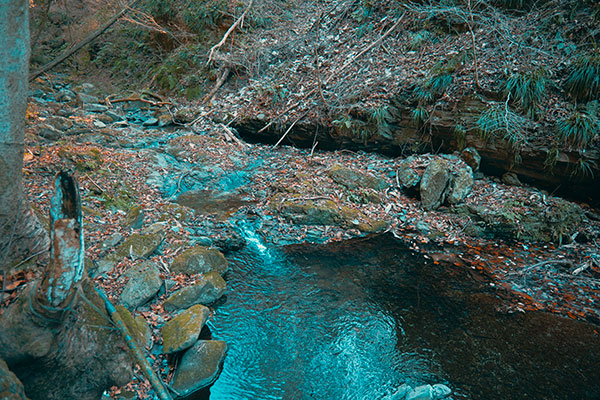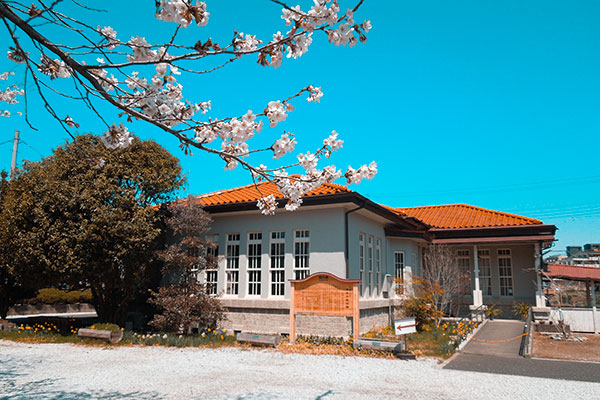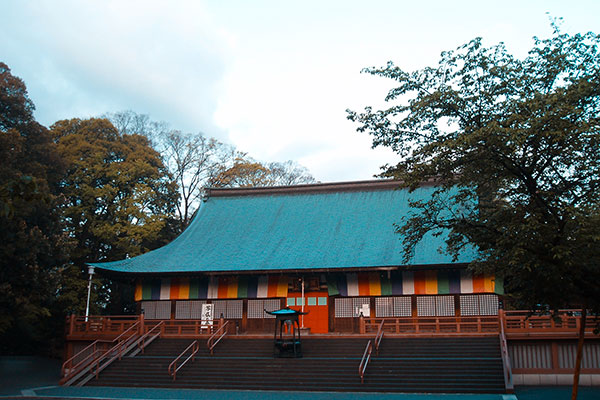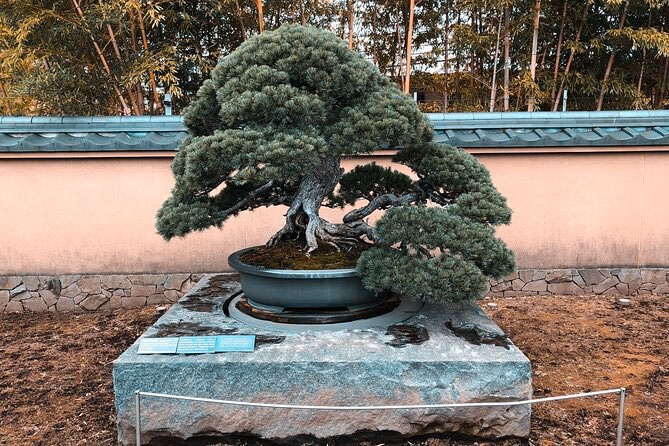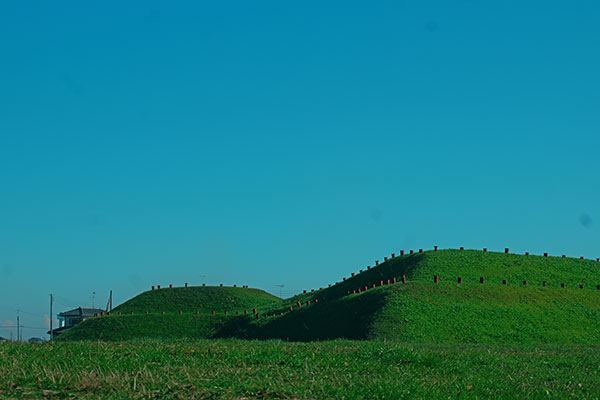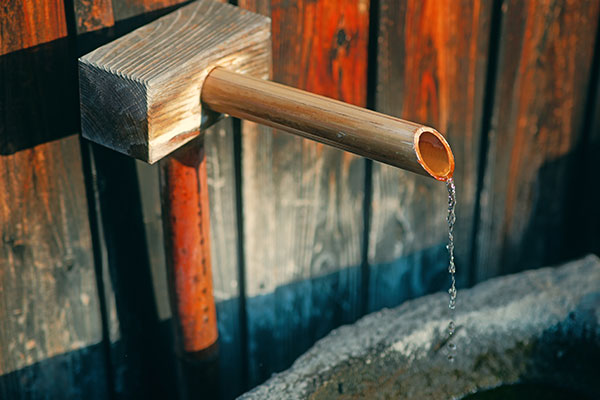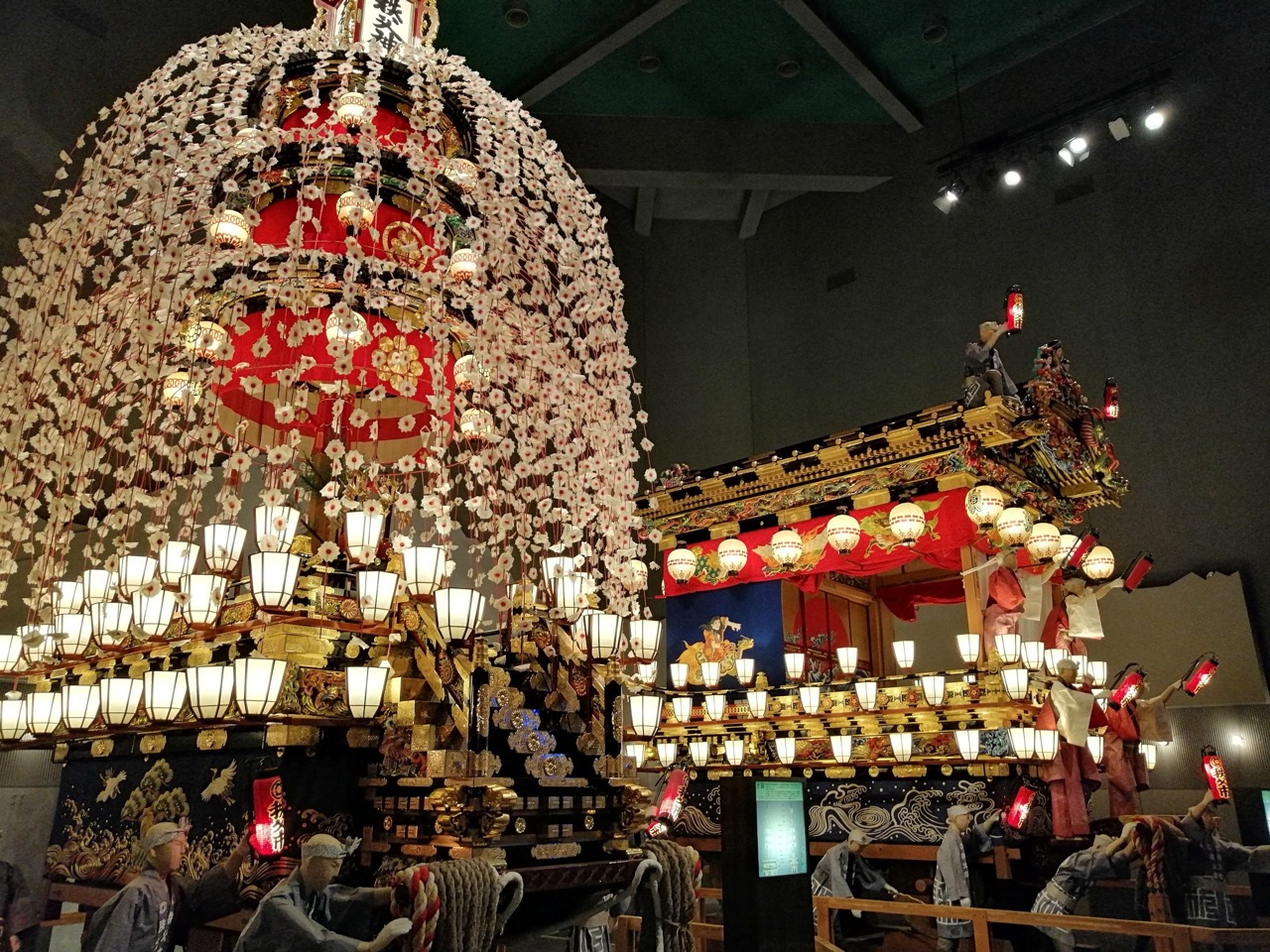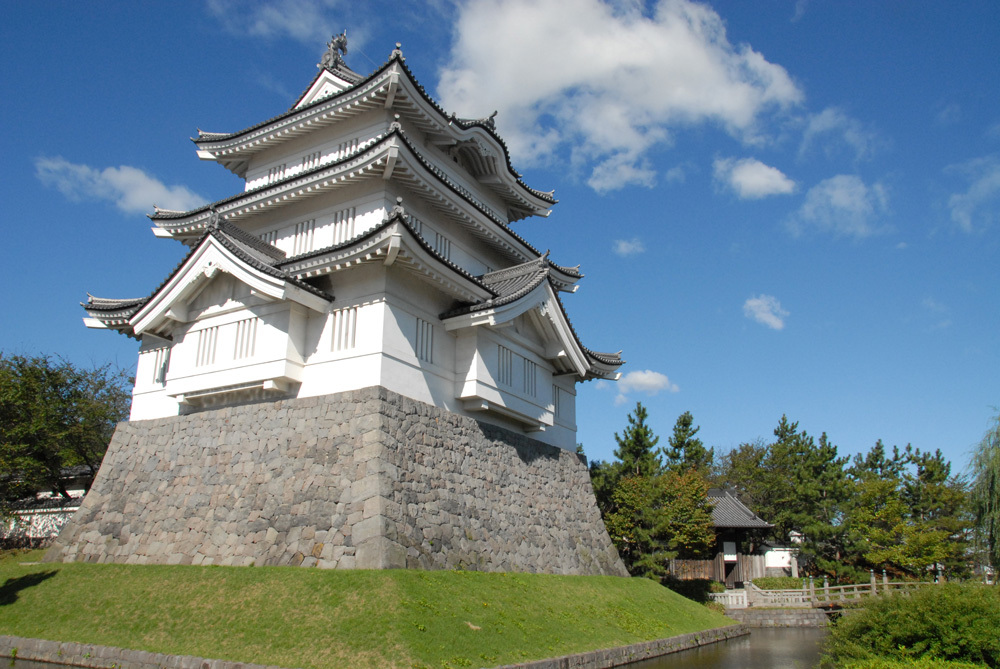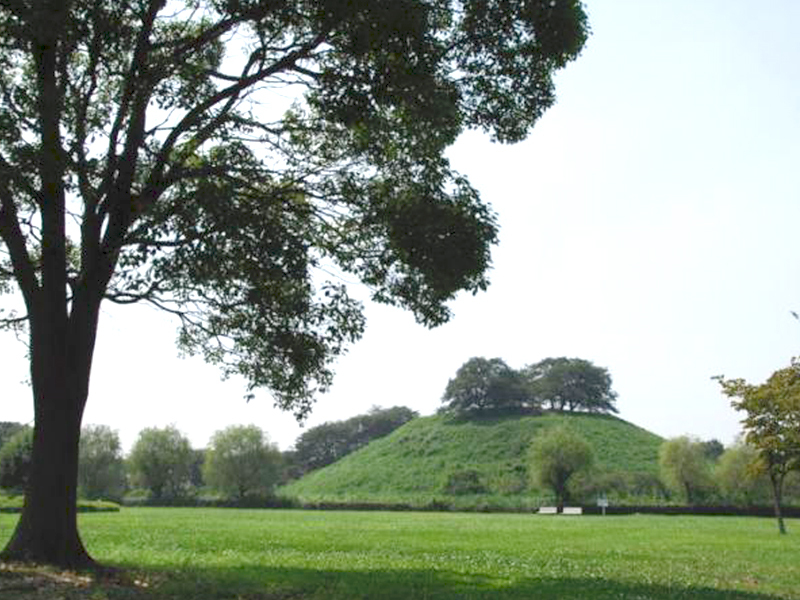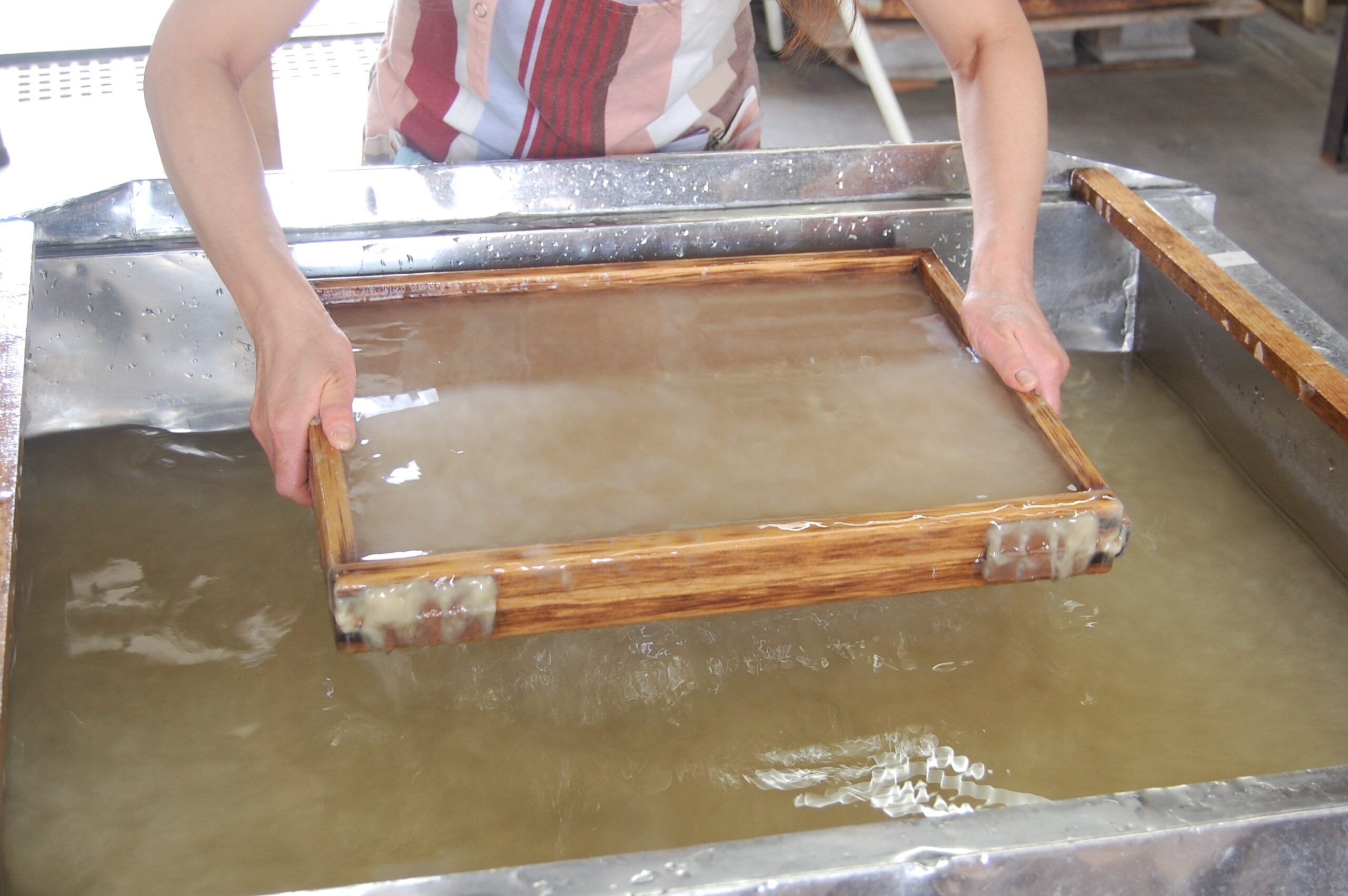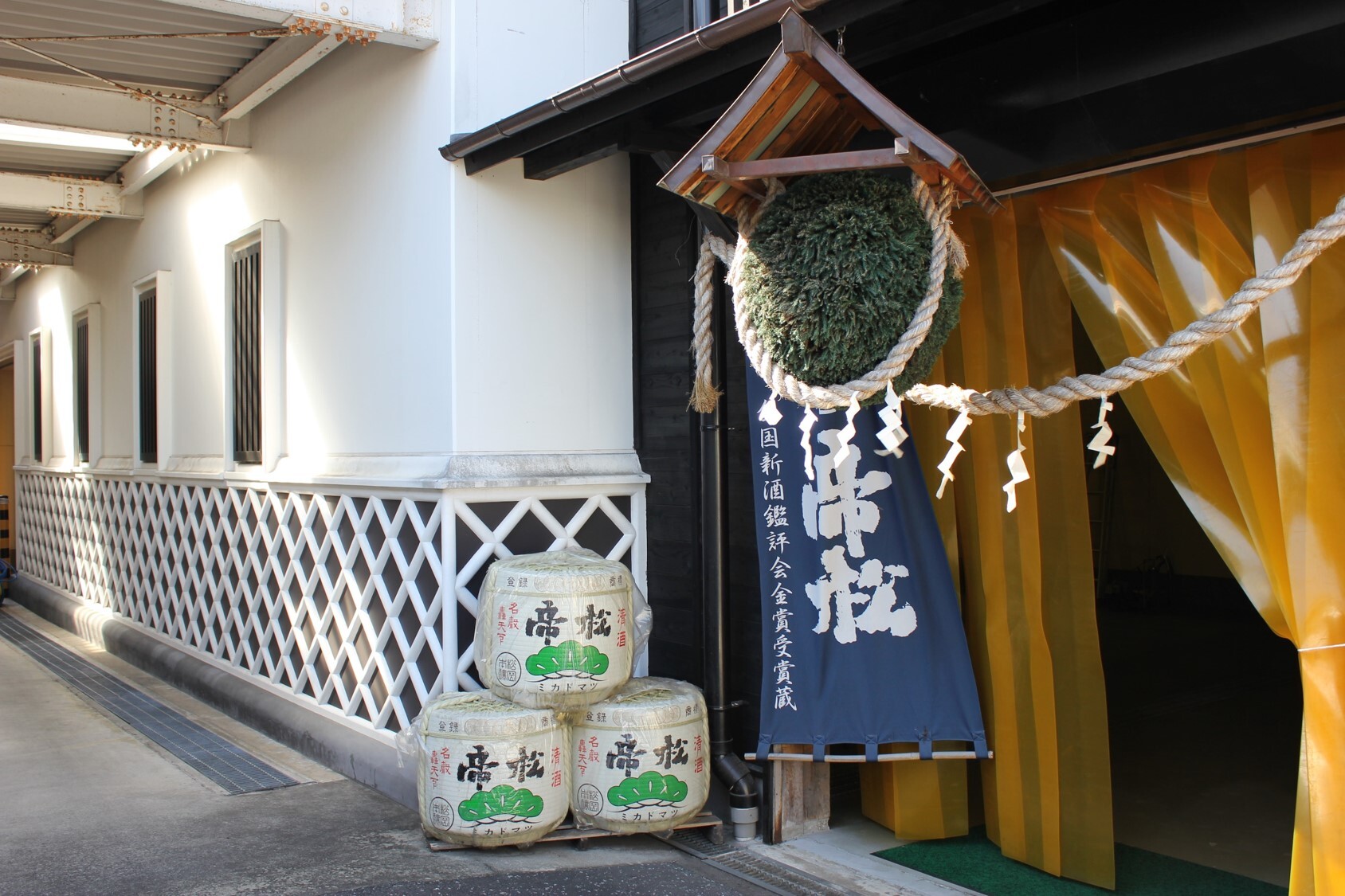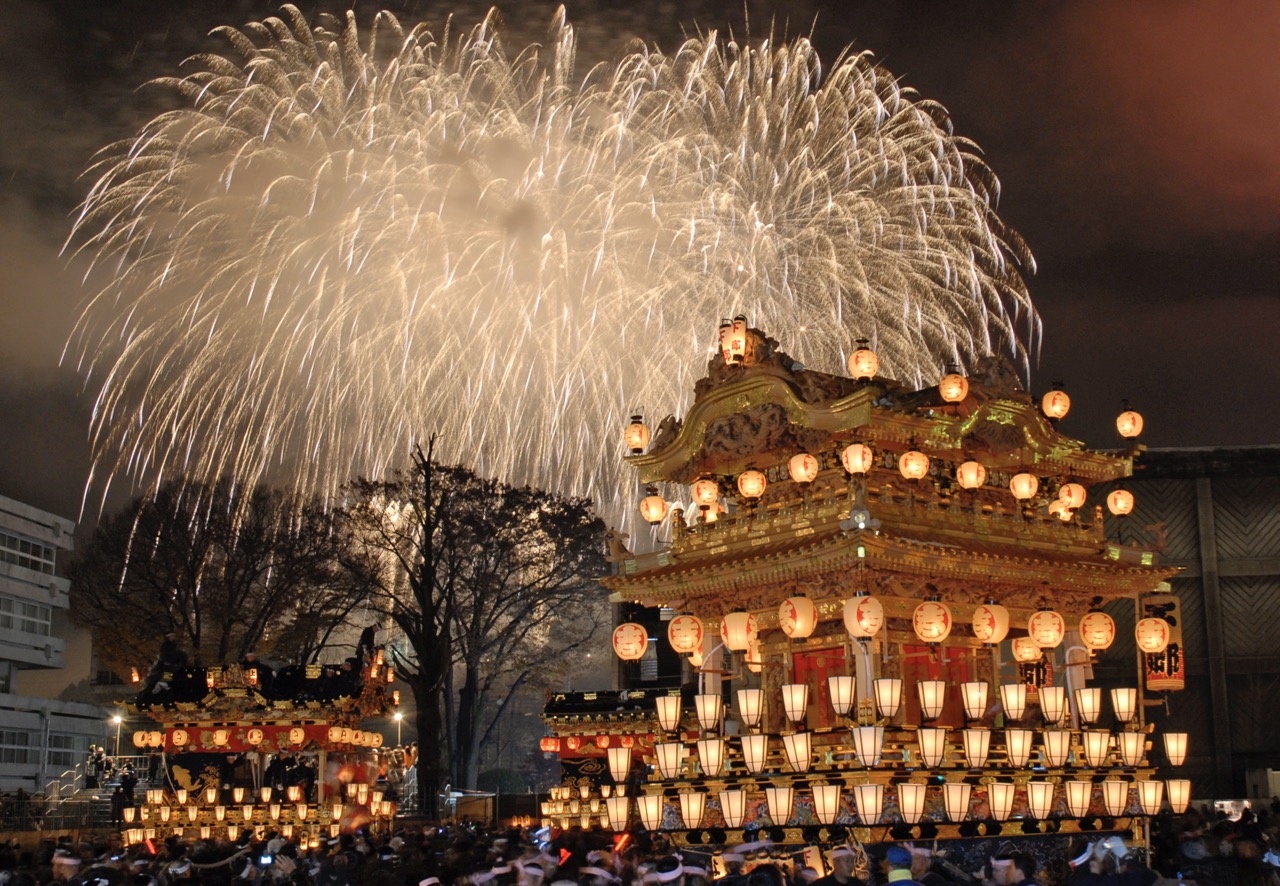In the northern reaches of Saitama Prefecture, Gyoda-shi offers a rare glimpse into Japan’s deep historical roots and vibrant traditions. With its centerpiece, the legendary Oshi Castle, Gyoda-shi is a city where history comes alive. Renowned for its pivotal role during the Sengoku period, Oshi Castle embodies the resilience and ingenuity of its defenders, standing as a beacon of historical significance in a city steeped in culture. Beyond its martial legacy, Gyoda-shi is home to ancient burial mounds, spiritual landmarks, and a rich industrial history that together weave a story of transformation and survival.
Gyoda-shi’s timeless allure lies in its ability to connect visitors with Japan’s past, from the bravery of samurai warriors to the quiet dignity of craftsmen who shaped its traditions. Its charm is heightened by its unassuming nature—Gyoda-shi is a hidden gem waiting to be discovered.
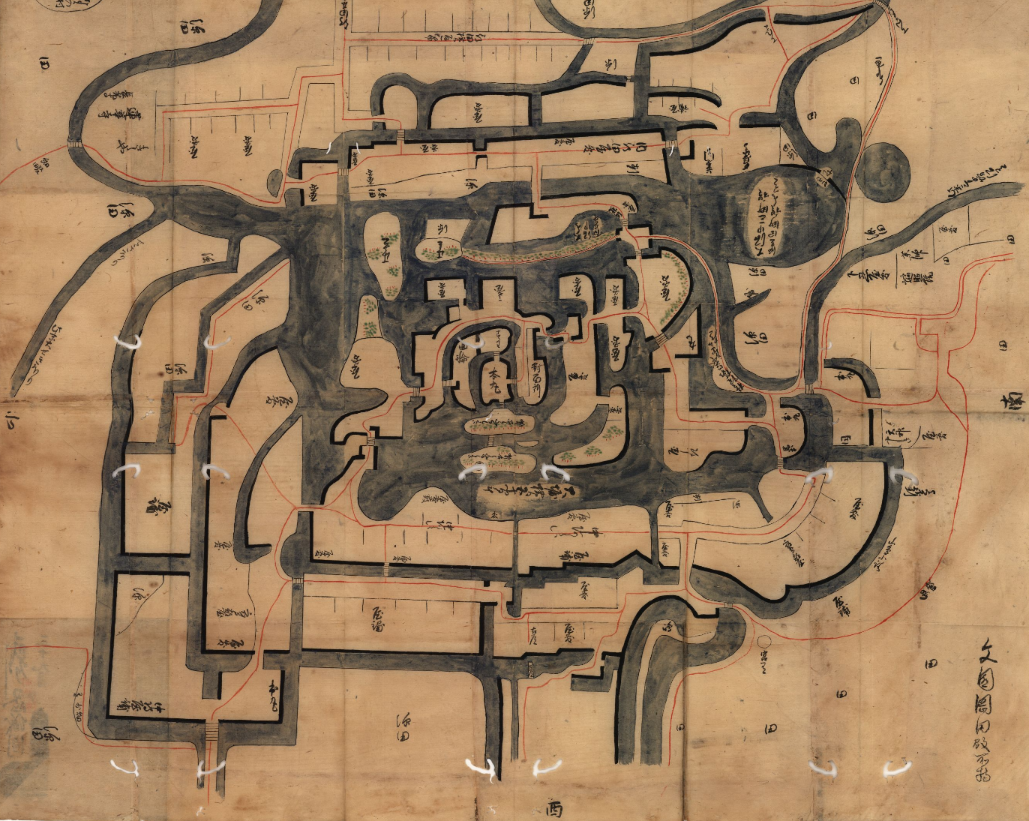
The History of Oshi Castle: The “Impregnable” Fortress
Constructed in the late 15th century by the Narita clan, Oshi Castle rose to prominence as one of the strongest fortresses in eastern Japan. Its location, surrounded by natural marshlands, created an ideal defensive position, earning it the moniker “The Floating Castle.”
Oshi Castle’s fame reached its zenith during the Siege of Oshi in 1590, when Ishida Mitsunari, one of Toyotomi Hideyoshi’s most trusted generals, led an ambitious campaign to conquer it. Hideyoshi ordered an ingenious strategy: laying a water siege by constructing a vast embankment (later called the Ishida Dike) to divert water from nearby rivers. Despite the overwhelming odds, the defenders, led by the Narita clan, held their ground and successfully weathered the Mitsunari’s forces.
This remarkable defense, considered one of the most incredible tales of resilience in Japanese history, solidified Oshi Castle’s reputation as a symbol of defiance and fortitude. It remains a source of pride for Gyoda-shi’s residents, inspiring visitors to explore its storied past.
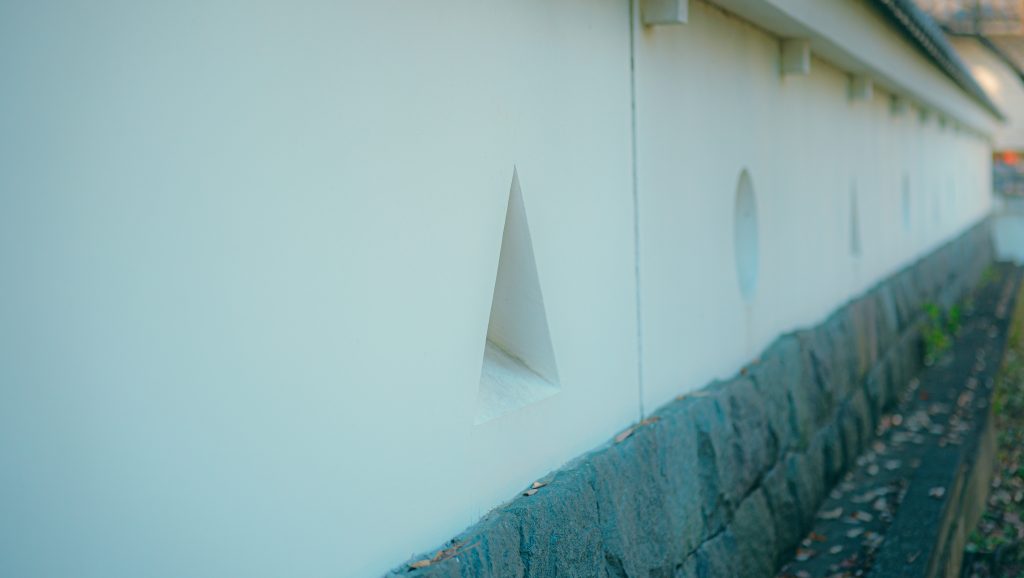
Although the original castle was dismantled during the Meiji period, its legacy endures at the Oshi Castle Ruins. Today, a reconstructed keep stands as a compliment to the Gyoda City Local History Museum established in 1988. Set within a peaceful park, the ruins provide an inviting space to reflect on the castle’s history while enjoying the serene surroundings.
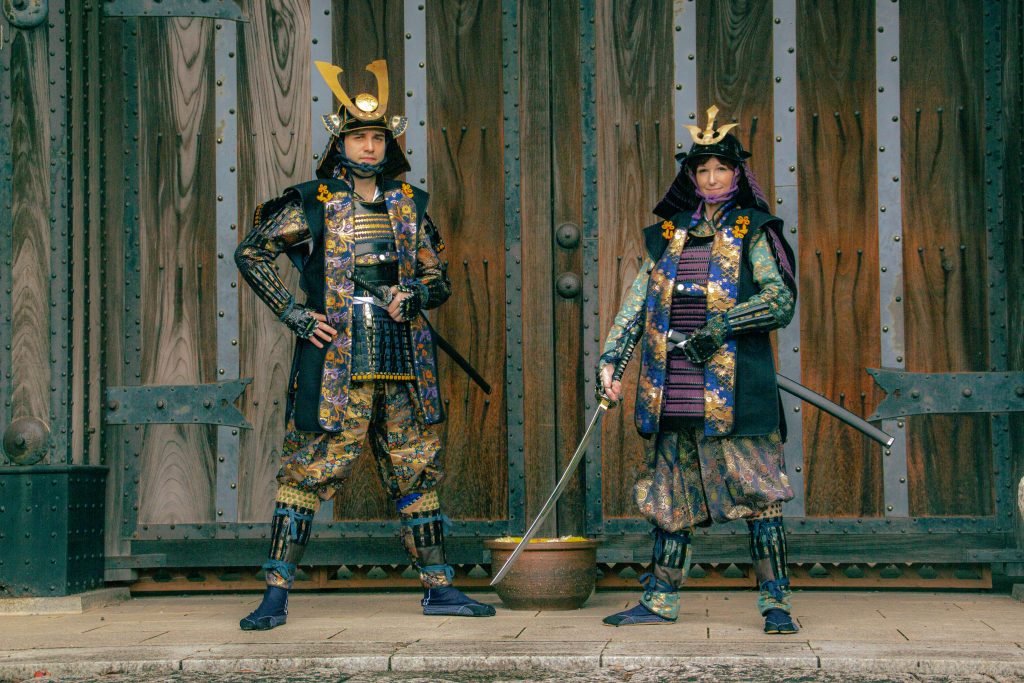
For a more immersive experience, visitors can take part in the samurai armor experience offered by the Gyoda City Tourism Association. Clad in full armor, complete with helmets and replica swords, participants can walk the grounds of Oshi Castle as if transported to the Sengoku period.
This hands-on activity not only provides a fun and memorable experience but also deepens one’s appreciation for the lives of the warriors who once walked the same grounds. It’s particularly popular among families and history enthusiasts, offering a tangible connection to Gyoda-shi’s martial heritage.

Also located within the Oshi Castle Ruins, the Gyoda City Museum offers a comprehensive journey through Gyoda-shi’s history, spanning the Paleolithic era to modern times. Visitors can explore detailed exhibits featuring artifacts, dioramas, and interactive displays that bring the city’s past to life.
Highlights include Oshi Castle relics from the Sengoku Era, tools used in ancient agricultural practices, and items showcasing the city’s industrial evolution. The museum serves as a vital resource for understanding how Gyoda-shi’s history has been shaped by its geography, culture, and resilience.
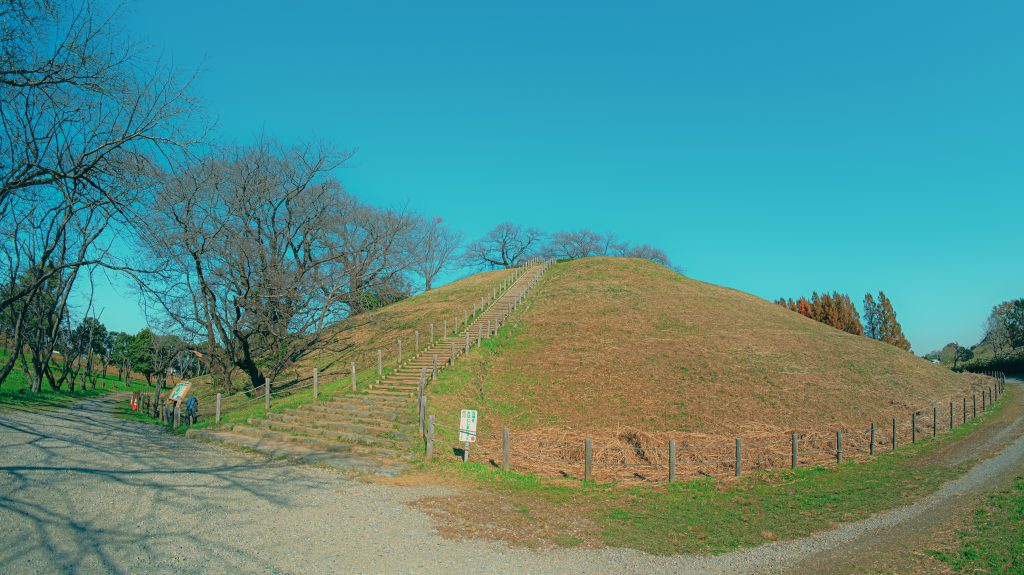
The Kofun Era: Ancient Burial Mounds of Gyoda-shi
Long before the Sengoku period, the area around the present-day Gyoda-shi was a significant center of activity during the Kofun period (250 AD to 538 AD), as evidenced by the Sakitama Kofun Cluster, a collection of ancient burial mounds. These mounds, designated as a National Special Historic Site, offer a glimpse into early Japanese society.
Among the most notable is the Maruhakayama Kofun, a large round tomb that doubles as a historical and natural landmark. During the Siege of Oshi, this mound served as a strategic observation point for Ishida Mitsunari, linking the Kofun period’s legacy with Sengoku-era warfare.
Another lasting remnant of the Siege of Oshi, the Ishida Dike stands as a monument to ingenuity and determination. This embankment, built to flood the castle, remains an enduring symbol of the lengths to which Ishida Mitsunari’s forces went to achieve victory. Today, it serves as a site of historical interest, inviting reflection on the ingenuity and resilience that defined the battle. Visitors can walk along trails connecting the burial mounds, appreciating not only their historical significance but also the tranquility of the surrounding landscape.

The Spiritual Heart: Gyoda Hachiman Shrine
At the center of Gyoda-shi’s spiritual life lies the Gyoda Hachiman Shrine, a revered site that has been a cornerstone of the community’s faith for centuries. This elegant shrine is dedicated to twelve Shinto deities, each representing unique aspects of life and nature. Among these deities is a unique god associated with healing eye ailments, making the shrine a destination for those seeking blessings for good health and clear vision.
The shrine’s tranquil grounds are adorned with traditional architectural elements, creating an atmosphere of serenity and reflection. Visitors can explore its sacred spaces, participate in seasonal festivals, and experience the enduring connection between the people of Gyoda-shi and their spiritual heritage. Gyoda Hachiman Shrine not only serves as a place of worship but also as a cultural landmark that embodies the town’s history and the deeply rooted traditions of Shintoism. Its dedication to a pantheon of deities highlights the shrine’s inclusive spiritual significance, drawing pilgrims and visitors from all over Japan.

From Samurai to Socks: Gyoda-shi’s Industrial Revolution
By the late Edo period, Gyoda-shi underwent a significant transformation, emerging as a major center for tabi-making (traditional Japanese split-toe socks). This craft took advantage of the region’s abundance of raw materials, skilled labor, and its proximity to Edo (modern-day Tokyo), which allowed tabi to become a thriving industry in Gyoda-shi.
At its peak in the early 20th century, Gyoda-shi produced more tabi than any other city in Japan, earning it the nickname “Tabi City.” The industry not only provided employment for thousands of residents but also contributed to the town’s development, with workshops, warehouses, and merchant houses lining its streets. Tabi from Gyoda-shi were celebrated for their durability, precision craftsmanship, and comfort, becoming a staple for workers, merchants, and even the samurai class.
Today, the spirit of this craftsmanship lives on at Isami Tabi, one of the few remaining traditional tabi manufacturers in Gyoda-shi. Visitors can tour their facilities to observe the intricate process of tabi production, which includes everything from cutting the fabric to the final sewing and finishing stages. The attention to detail in each pair of tabi reflects a commitment to preserving the town’s artisan heritage.
For those eager to immerse themselves further, Isami Tabi offers hands-on experiences where visitors can try their hand at tabi-finishing under the guidance of skilled craftspeople. This interactive activity not only showcases the complexity of the craft but also connects participants to a piece of Gyoda-shi’s industrial legacy.
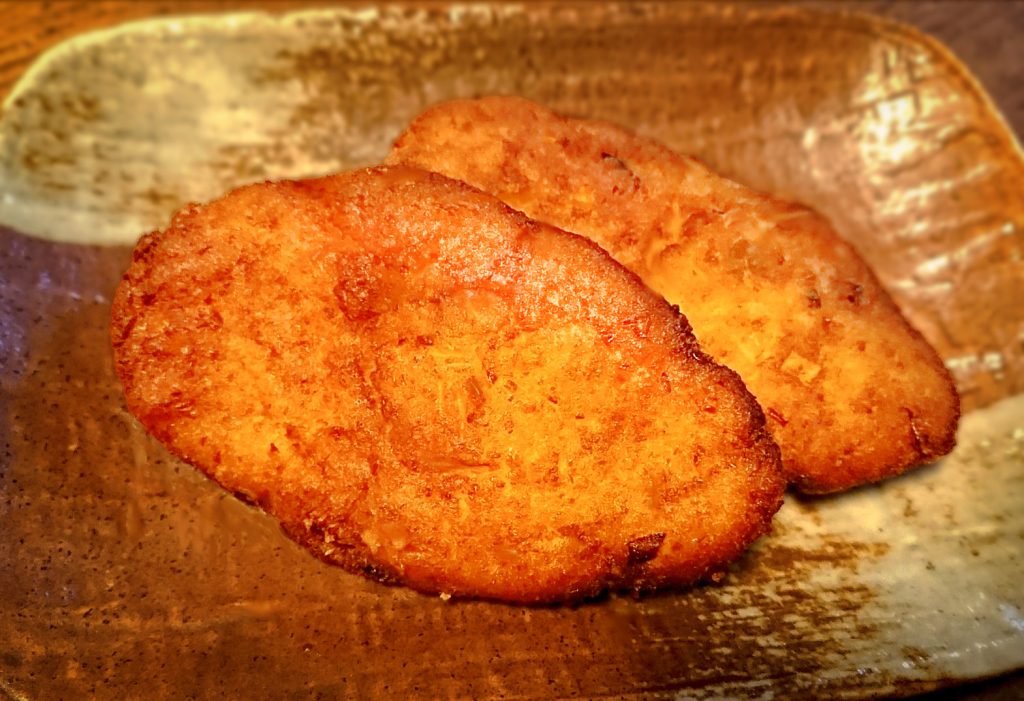
Culinary Heritage: From Flour to a Sweet Treat
Gyoda’s culinary tradition reflects its agricultural roots, particularly its focus on wheat-based dishes. Local specialties include:
- Zeri-Furai: A savory snack akin to croquettes, made with okara (soy pulp), and vegetables, then deep-fried to golden perfection.
- Furai: A pancake-like dish cooked on a griddle and topped with a savory soy-based sauce, making it a popular snack for the locals.
These dishes embody the ingenuity of Gyoda-city’s residents, turning simple ingredients into unforgettable flavors.

Gyoda-shi is also home to the flagship store of Jumangoku Fukusaya, the creators of the iconic Jumangoku Manju. This soft, sweet bun filled with bean paste has become a symbol of Saitama’s culinary identity, making it a must-try for any visitor.

Gyoda-shi: A Hidden Gem of History and Tradition
Located about an hour or so from Tokyo, Gyoda-shi invites visitors to experience its rich tapestry of history, from the bravery of Oshi Castle’s defenders to the ancient burial mounds and its industrial ingenuity. Whether exploring the “impregnable” fortress, walking the trails of the kofun cluster, or savoring local flavors, Gyoda-shi offers a journey unlike any other.
For those seeking a destination steeped in history and tradition, Gyoda-shi is a hidden treasure waiting to be discovered—a place where Japan’s past comes to life and its heritage thrives.

